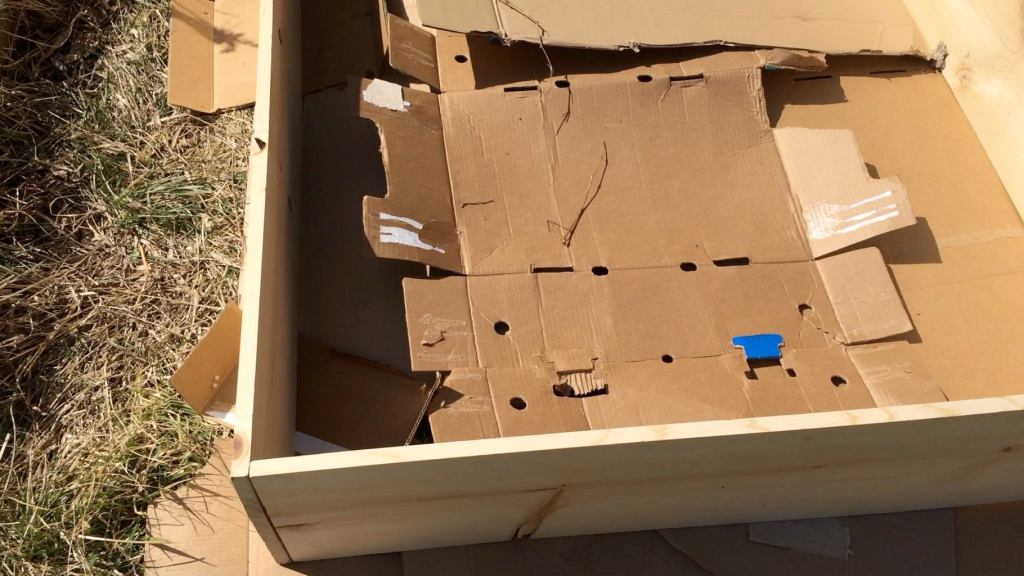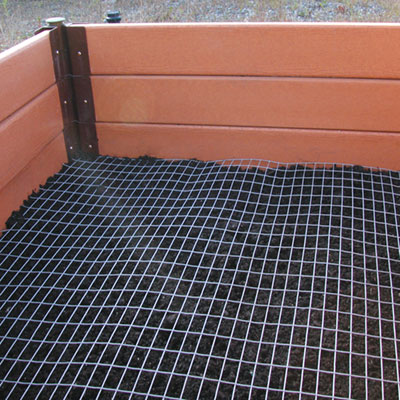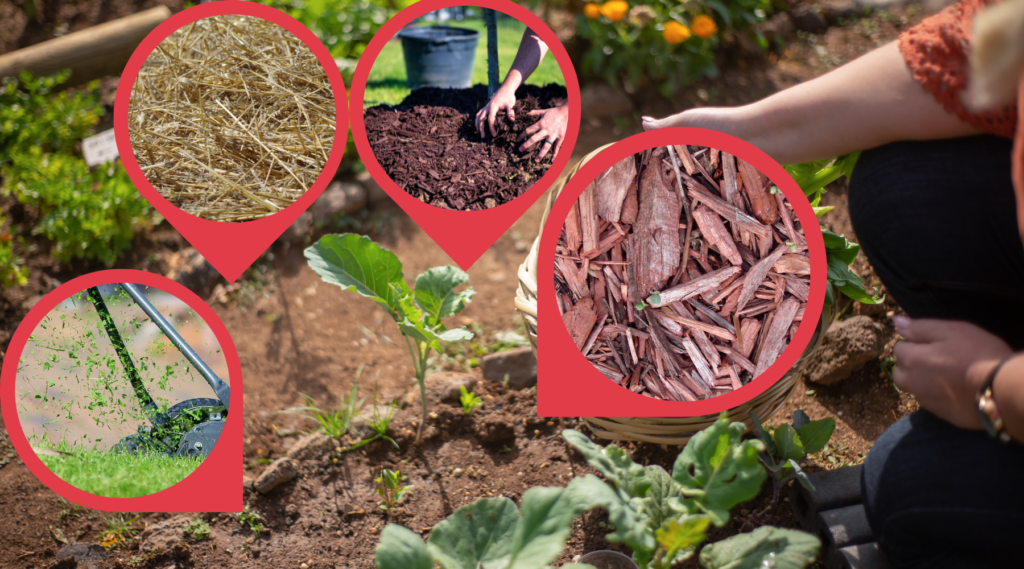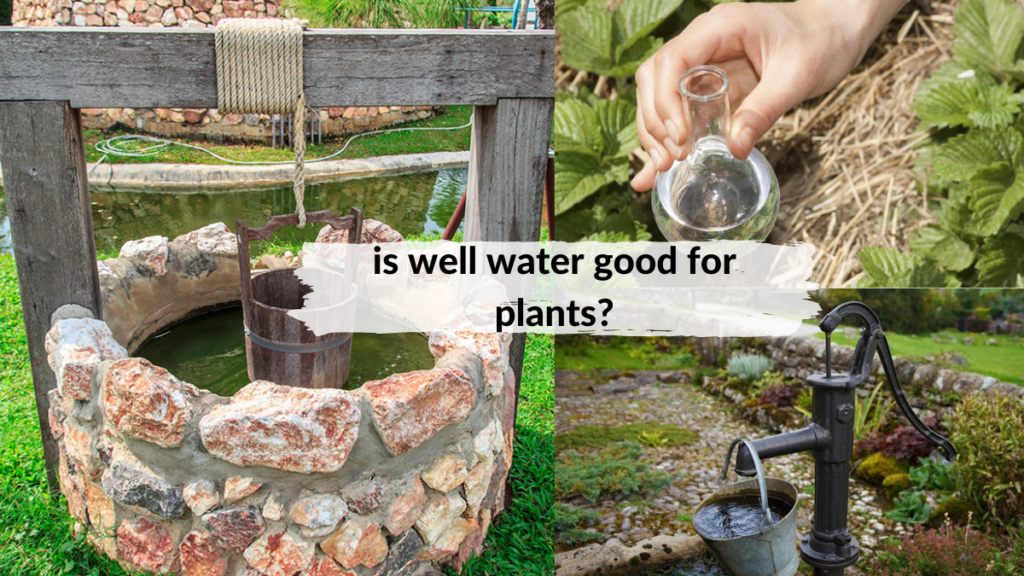If you are considering building raised garden beds, then you should plan to put something underneath. Not only will it provide adequate drainage, but it will also protect your choice of potting soil mix from the direct heat of the sun and resist weed growth.
materials you can put on the bottom of raised garden beds
There is a multitude of options for what to put on the bottom of your raised garden bed to avoid poor drainage, including pea gravel, weed blocking plastic, landscape fabric cloth and much more. The best option for your raised garden bed will depend on a great many things – including the cost – as well as how much time you want to spend maintaining your raised bed.
gravel or river stone
One of the most popular options for raised garden bed bottom is pea gravel or river stones. It provides drainage, which allows any excess water to drain away from plants’ roots.
Additionally, because it does not decompose, it will last longer than other materials that are more prone to rot with time. However, it can be more expensive.
geotextile fabric or landscape fabric
Another popular choice, especially for those looking to minimize the time they spend always maintaining their garden beds, is landscaping fabric.
This fabric can be bought at most home improvement stores and provides good drainage as well as weed prevention from growing up from the bottom of a raised bed. Landscape fabric will not last as long as gravel or river stone, but it is relatively inexpensive.
plastic
Some gardeners use weed-blocking plastic that can be found at most home improvement stores to line the bottom of their raised bed gardens. This material will last longer than the landscape fabric, but costs more and cannot be reused once it is damaged (or if it ever becomes damaged over the years).
wood chips
Those who are looking to put organic materials on the bottom of their raised bed garden may want to consider wood chip mulch. Although they do not provide the same drainage as something like gravel, they can easily be added in a way that still provides good water flow – and they will decompose over time, replenishing the native soil below.
Try to avoid using those from pressure treated wood as chemicals may still leech in the soil. So, to make a thick layer of organic matter, spread wood chips on the bottom then a layer of grass clippings, hay, and leaves.
newspaper or cardboard
Depending on the size of your raised bed garden you can put 4-6 layers of newspaper or cardboard (no glossy paper) at the bottom. Then you only need to worry about adding planting mix on top of this layer.
It is recommended not to use coloured paper because it contains heavy metals.
The benefits of this method include not spending on new ones since you can use those around your house, and it prevents having to use a weed mat which can be difficult to remove once your vegetables or flowers take off.
This will also suppress the growth of weeds which means less weeding. If you do not wish to put newspaper at the bottom you can still put newspaper as a weed barrier on top of the weed mat.
weed fabric
Another popular option is weed fabric, often called “weed cloth.” This material can be bought at most home improvement stores and provides good drainage as well as weed prevention from growing up from the bottom of a raised bed garden. The downside to this material is that it does not last as long as gravel or landscaping fabric, which means that it must be replaced more often.
plastic sheeting
Many gardeners use plastic sheeting to line the bottom of their raised garden beds. This option is less expensive than landscape fabric but provides similar benefits. The downside to this method is that the material will not last as long.
pine needles
Pine needles have a lot of benefits. They are a viable choice for the bottom of raised garden beds because they tend to retain moisture and decompose slowly, which means that they will improve the raised bed soil over time. Pine needles also provide a natural mulch that can help to conserve moisture in your garden when it is hot and dry outside.
Pine needles can also help to prevent weeds from entering your raised garden bed because they decompose so slowly. As a natural product, they do not contain any weed-killing chemicals, which means that you will not have to worry about them hurting the plants in your raised bed garden as they break down over time.
rubber mulch
Rubber mulch is another great option for the bottom of your raised bed garden. If you want to avoid using landscape fabric or gravel, rubber mulch is a viable option. It is more expensive than other options, but it does provide benefits like preventing weed and retaining moisture in times of drought. This product tends to be made with recycled tires, which not only makes it a sustainable option but also provides the benefits of rubber as it breaks down over time.
Recycled tire mulch is easy to clean – you can simply hose it down and use a small shovel, rake, or leaf blower to remove clippings that fall into the bed.
Rubber mulch is available at most hardware stores and home improvement centers. It can be expensive, but it will last for years without any odour or weed growth.
coconut fibre
This organic material has many benefits over other materials for raised garden beds. One of the biggest benefits of coconut fibre is that it does not break down like other materials. Other types of mulch will break down over time and need to be replaced, increasing the expense of raised bed gardening. Coconut fibre is a sustainable option that does not require replacement, which can help save money in the long run.
Coconut fibre also acts as a regulator of soil temperatures for your plants. It helps to retain heat in the soil, which means that your vegetables will be able to grow well even during the hot summer months. In areas with especially cold nights or mornings, coconut fibre can also help to keep the soil from cooling too quickly – making it a good option for anyone who lives in an area where sudden changes in the temperature can damage plants.
Coconut fibre can be used as a substitute for gravel at the bottom of your raised garden beds. This makes it an extremely cost-effective material to use around your vegetable plants. This type of mulch also helps retain moisture in the soil mix, which means that you will not have to water every day or two as you do with other types of mulches.
treated mulch
This material is made with recycled plastic. It is a biodegradable mulch that can be used in raised garden beds for vegetables, flowers, and other types of plants. It comes in rolls or bags.
One of the benefits of using treated mulch is that it contains an anti-weed compound. This means that you will not have to worry about weeds growing in your raised garden bed. It can also help to suppress weed growth for several weeks after you have added it – even if the mulch is no longer visible.
Treated mulch is not as readily available as other types of mulches, and it tends to be more expensive. However, it does provide many of the same benefits as other types of mulch at a low price point. Most raised beds will also get quality soil over time with this material because it decomposes slowly.
Another benefit is that treated mulch does not contain any weed-killing chemicals, which means that your garden will be safe for animals and people if they accidentally come into contact with it. It also does not have any unnatural or harmful odours, which is another big benefit over other types of mulch.
Treated mulch comes in assorted colours and can be used to improve the overall aesthetics of your raised bed garden. Many people are drawn to this type of mulch because it helps their garden look better than if they were to use other types of mulch.
burlap sack
This can be a great alternative instead of using landscape fabric. This may not last longer than the latter, but it can stay under the raised beds before decomposing completely.
Thanks to the gaps between its threads, it lets the water pass through and provides better drainage to your raised beds. It is eco-friendly since it is made from jute plant fibres.
One main drawback in using this material is that the edges fray easily. It may wear out in time, especially when exposed to environmental elements. This can make it look messy and hasten its decomposition. Over time it may cost you more money as you may have to replace it constantly.
rat or gopher stainless steel mesh
If you are worried about burrowing animals affecting your raised beds, you can use this durable material underneath the bed to keep these animals out. This also ensures that plants such as root crops will not be targeted by gophers or rats. Just make sure that you staple them in place to prevent them from shifting around.
Whichever option you choose, make sure it is at least 4″ thick – the thicker, the better. Most require a 4″ layer to effectively provide drainage – anything less may not do the trick.
If you are building your garden box, make sure to put drainage holes (1/8″) in the bottom of the raised bed garden before putting anything on top of it. Doing this will allow excess water to drain away from the plant roots and will ensure that they do not become waterlogged or soggy.
number one rule to consider in building raised beds
Aside from choosing the materials that you will be putting on the bottom of your raised garden beds, the number one rule that you must consider is putting in good garden soil for your plants. Also, since all sides of the garden bed are accessible, you will never have to step on the soil.
The advantage of raised garden bed is that you get light and fluffy well-drained amazing soil that will help give you vigorous plant growth. Since there is no chance for you to step on the soil, the aeration and soil level will not reduce and prevent the activities of valuable microorganisms from getting affected.












